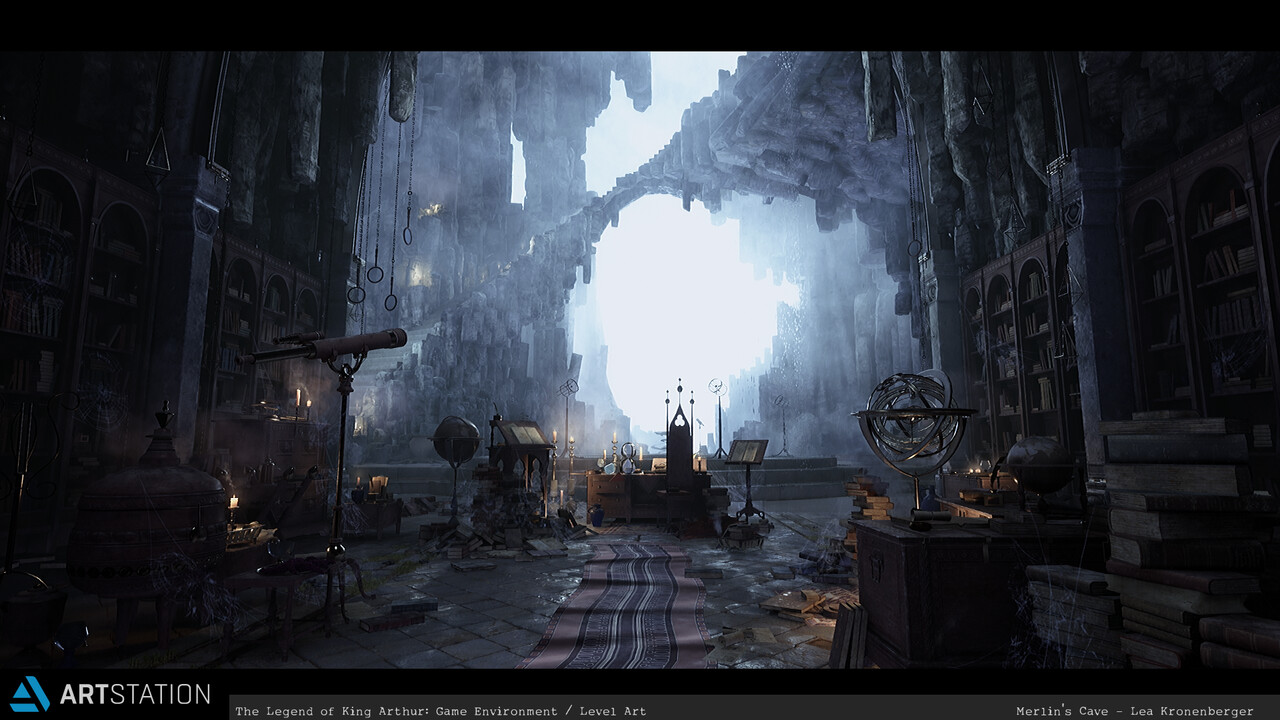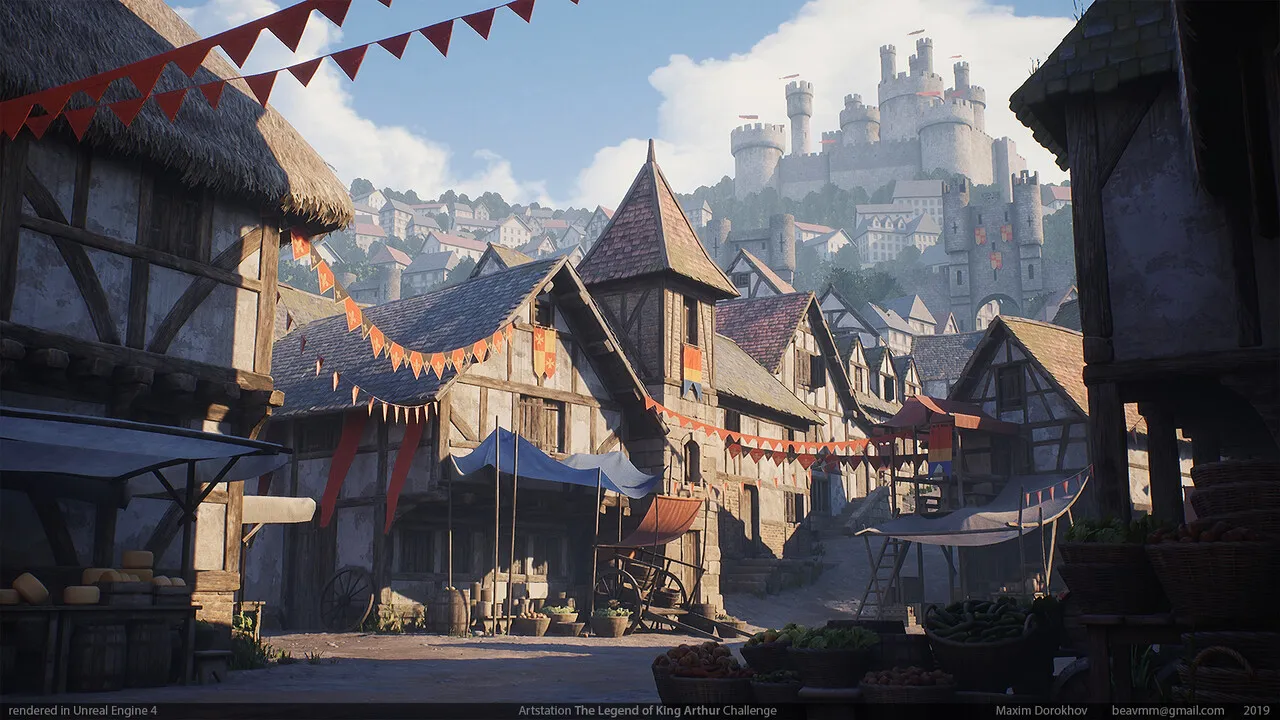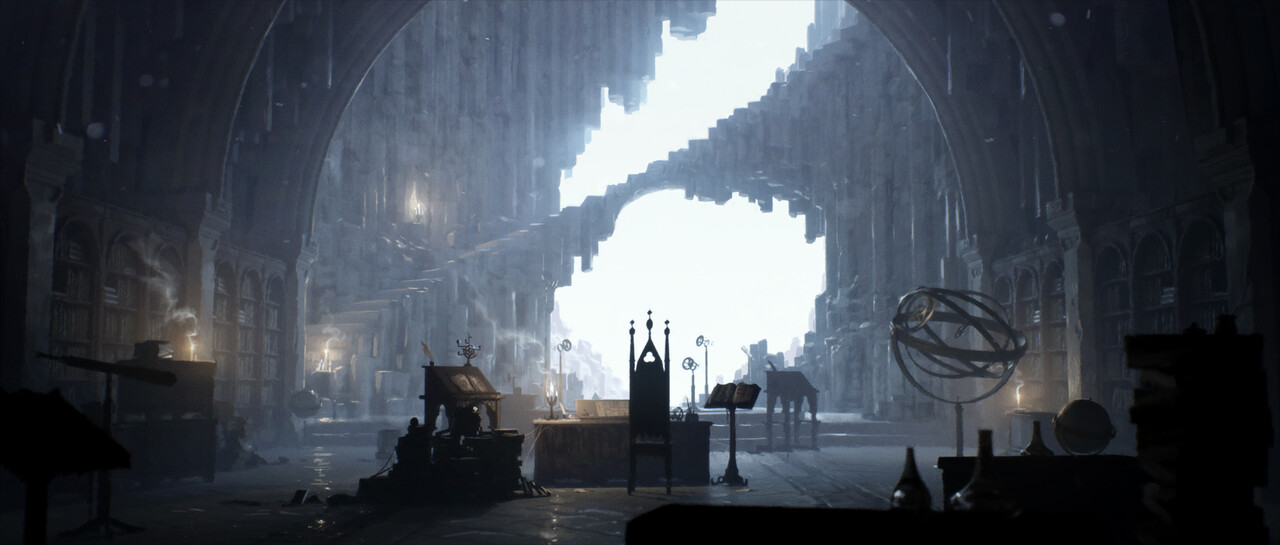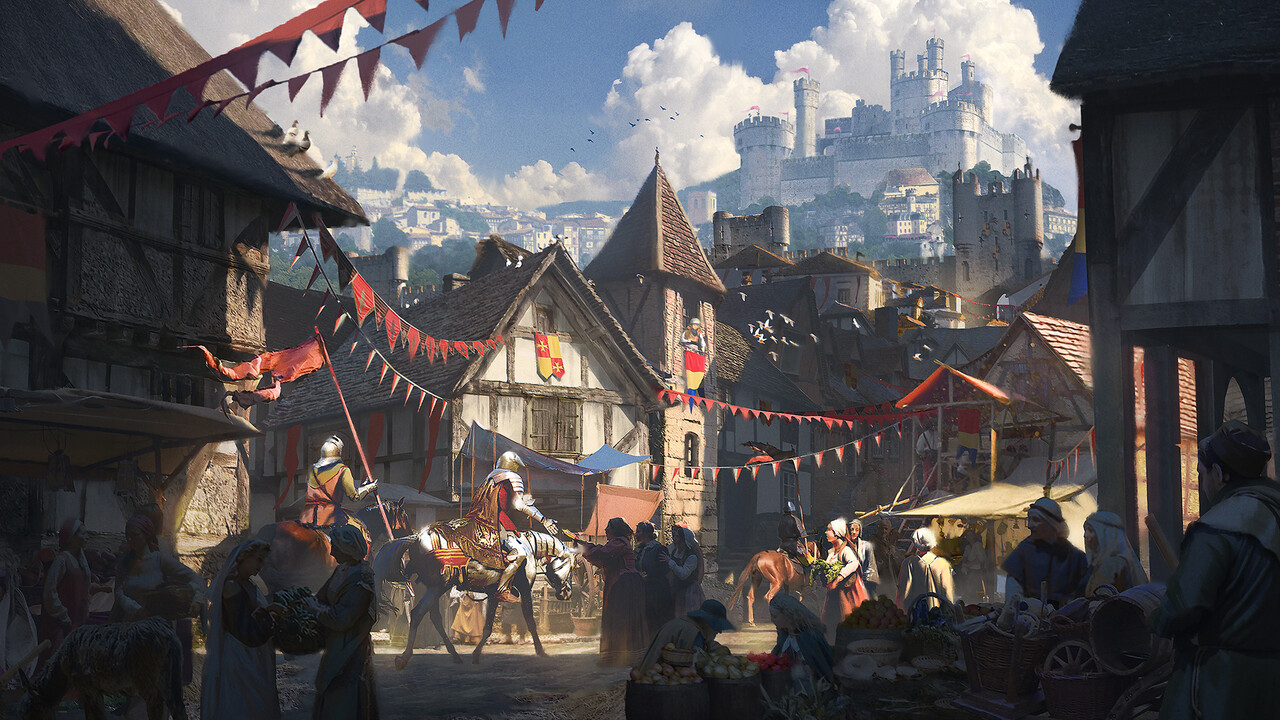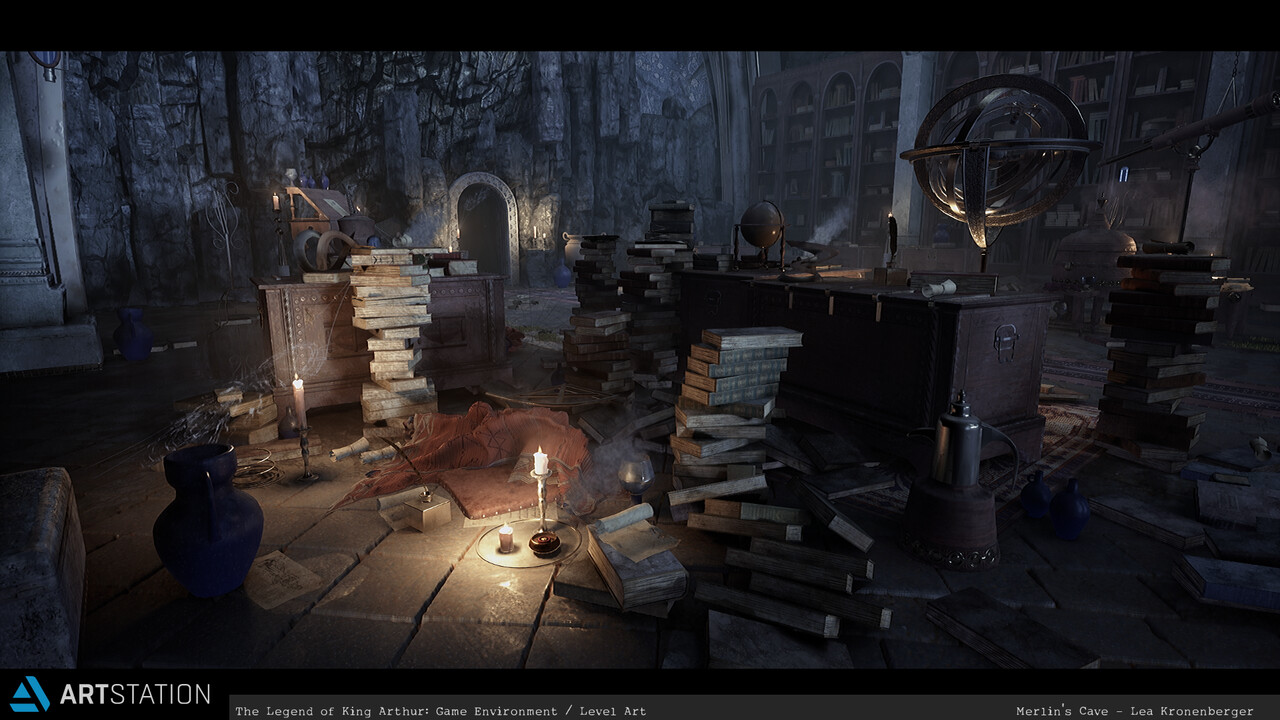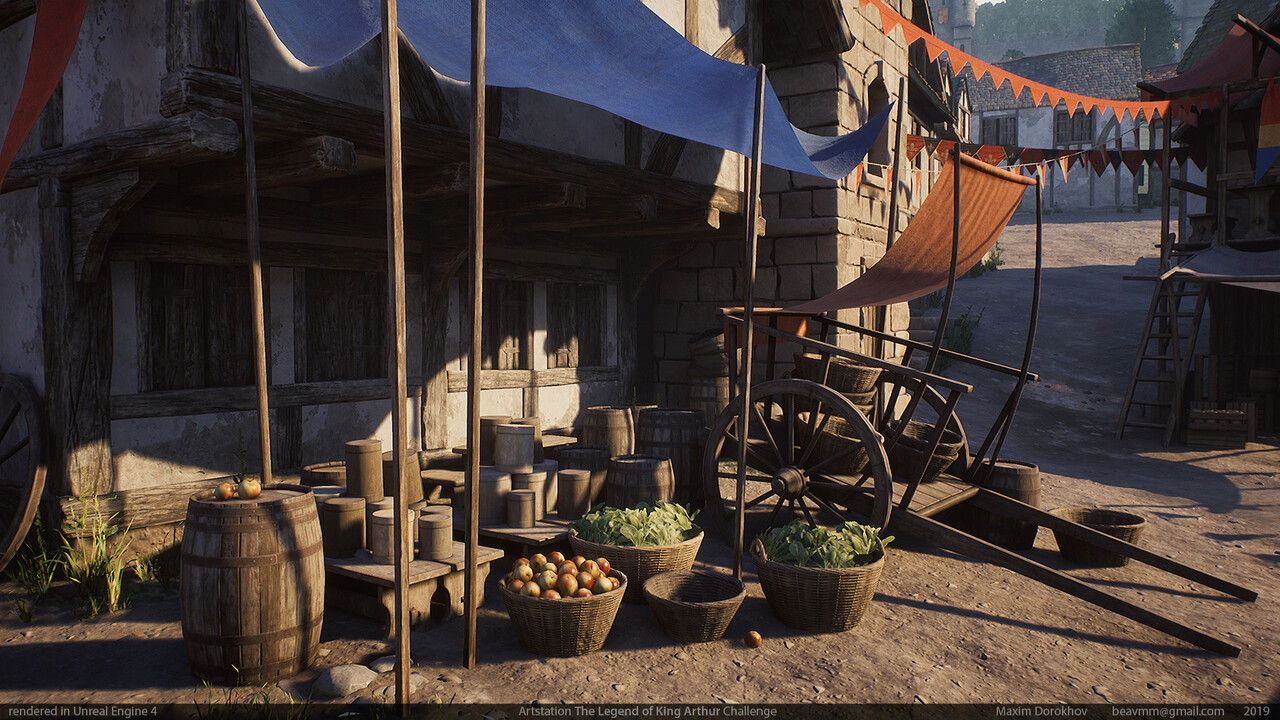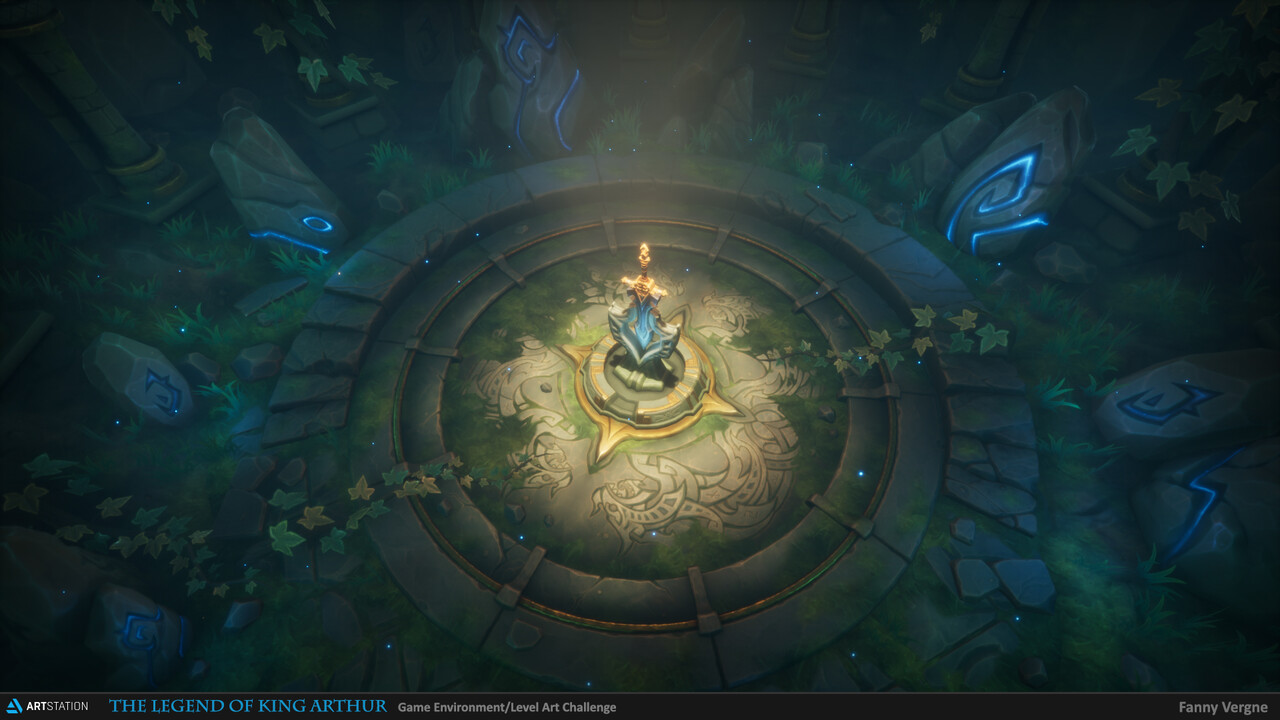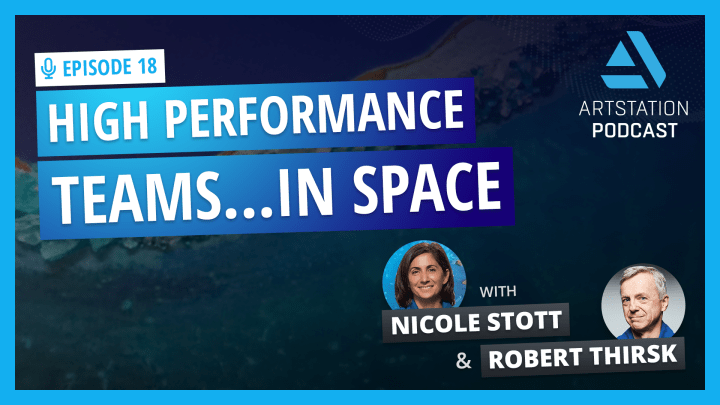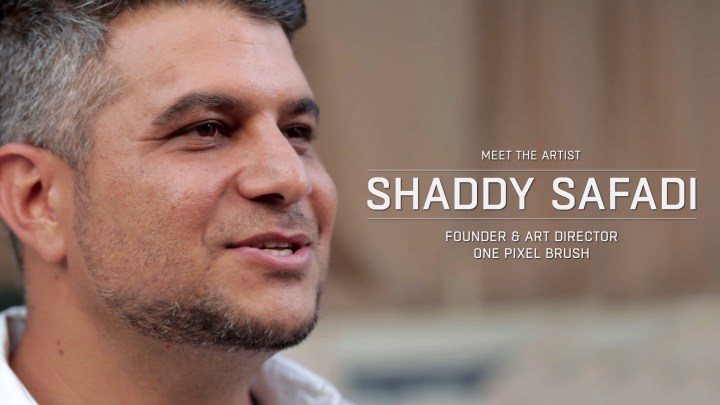Legend of King Arthur Challenge: Game Environment Winners Interview
For the Game Environment/Level Art category of the Legend of King Arthur Challenge, artists had to create one game environment rendered in a real-time engine. As always, participants were able to use their own original medieval concept for the theme or base their submission off a concept from the first phase of the challenge. Hundreds of artists took part, creating everything from castles, caves, medieval villages, enchanted forests and more.
Browse all Game Environment entries from the Legend of King Arthur Challenge.
In this interview, the artists behind the top 3 entries, Lea Kronenberger, Maxim Dorokhov and Fanny Vergne share their experience, advice, and strategies for the challenge.
Tell us about the concept for your environment.
Lea: I chose the beautiful Merlin’s Cave concept from Jeremy Paillotin, which he created for the first phase of the challenge. I fell in love with this concept the moment I saw it and thought it was the right kind of challenging for me to tackle. I envisioned the environment to be from a mystery kind of game and imagined the player would look for clues to find out where Merlin was and what this place meant to him.
Original concept by Jeremy Paillotin
Maxim: Before the challenge started, I had already decided that I want to make an outdoor environment. I looked through the phase 1 submissions and Cmy Cai‘s work stood out for me. It was hard to choose between both of his pieces. Both have a great color palette and a nice peaceful mood. I could easily imagine both of them as a game environment. Eventually, I decided to go with the Camelot since it had a good balance of things I wanted to try and things I was confident of doing.
Original concept by Cmy Cai
Fanny: I used my own concept for this challenge because I wanted the extra difficulty in designing the elements myself. I am very passionate about creating fantasy looking environments and pushing shapes and silhouettes in a stylized way.
Final submission by Fanny Vergne
What was your strategy for the challenge?
Lea: I planned everything carefully and decided to work on mood creation and lighting first. My strategy was recreating the feeling of the concept as soon as possible, trying to make it work even without the assets. Once I felt like it worked, I think the most important steps were to tackle the trim sheets and set up the scene in a way that would be fast to create and performance-friendly.
Maxim: My strategy was to keep the process organized. I made a schedule with all the things I wanted to create and prioritized them by their impact on the overall picture. From the biggest props and most noticeable details to the smallest ones. This way it’s not that critical if I didn’t have time to finish on something. For example, I didn’t have time to place some hay pieces on the ground and a few other small things, but I think it’s better than missing Camelot Castle in the background!
Fanny: I did this challenge thinking that it would be fun to participate and also to give me a concrete project with a deadline to experiment with different software like Substance Painter and Unreal Engine. I also really liked the subject of the challenge thought that it could be a good starting point to create a stylized environment.
What part of the challenge did you struggle with the most?
Lea: I think the hardest part was to come up with ways to make the concept my own, add a personal touch to it – without changing the general feel of the concept. I thought a lot about what assets to add that would fit and in the end, I also really enjoyed it.
Maxim: Since it was my first work with this kind of setting, I would say the art direction was the most difficult. Looking at my work now, with the experience I got from the challenge, I see some things I would have done differently.
Fanny: I think the part where I struggled the most was managing my time while designing and sculpting small details of each element. Choosing to do a stylized environment can be difficult and time-consuming because less generated materials and textures can be used. I also like to have a more handcrafted approach by sculpting or painting.
What advice do you have for future challengers?
Lea: Calculate how much time you can dedicate to the challenge, be honest about what you can do and what you want to learn with the challenge. I think it doesn’t make sense to tackle a very big and complicated scene if you have no idea where to start. It’s better to choose something smaller with maybe only a few different assets and then make that one really good! After all, the goal is to create a great looking scene that you are proud of.
Also, the most important part about challenges is that you can improve your abilities in a comforting environment, exchange feedback and just look at how others deal with the same topic or event concept! I learned a lot and got inspired by exchanging knowledge with other artists! Don’t be afraid to show your progress and always listen to feedback.
Maxim: Always plan your time and schedule your work. Leave some time for polishing. There is always something to tweak at the last moment. Try something that you haven’t done yet, but don’t overload yourself with the tasks you’re doing for the first time. Pick a few things you want to practice during the challenge and work on them.
Fanny: My advice for artists is to work on something that you are passionate about. Use tools and processes that you find exciting instead of trying to do what you think people are expecting of you or what you think could make you win a challenge.
